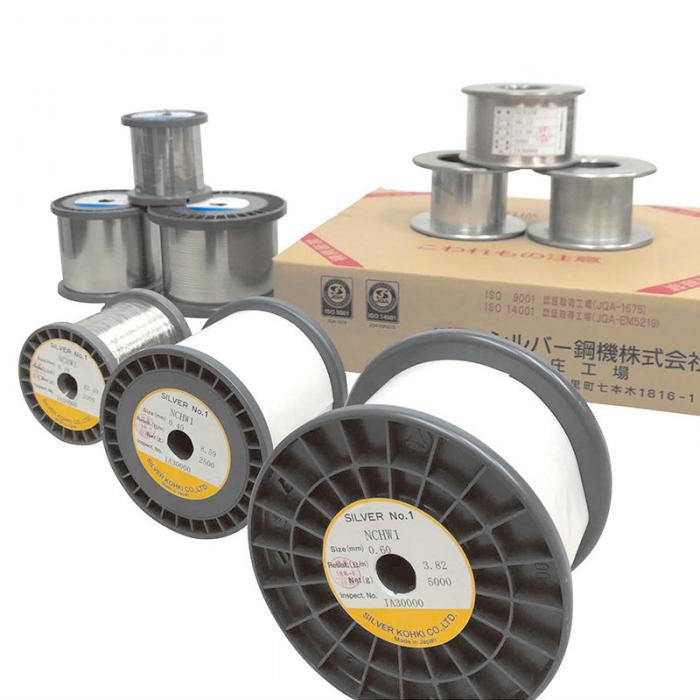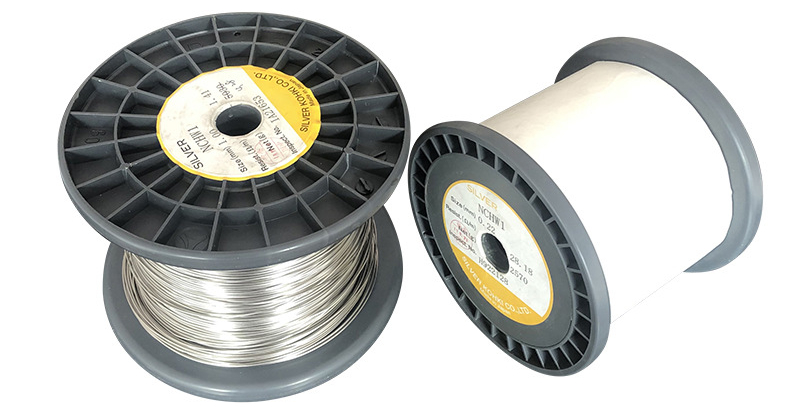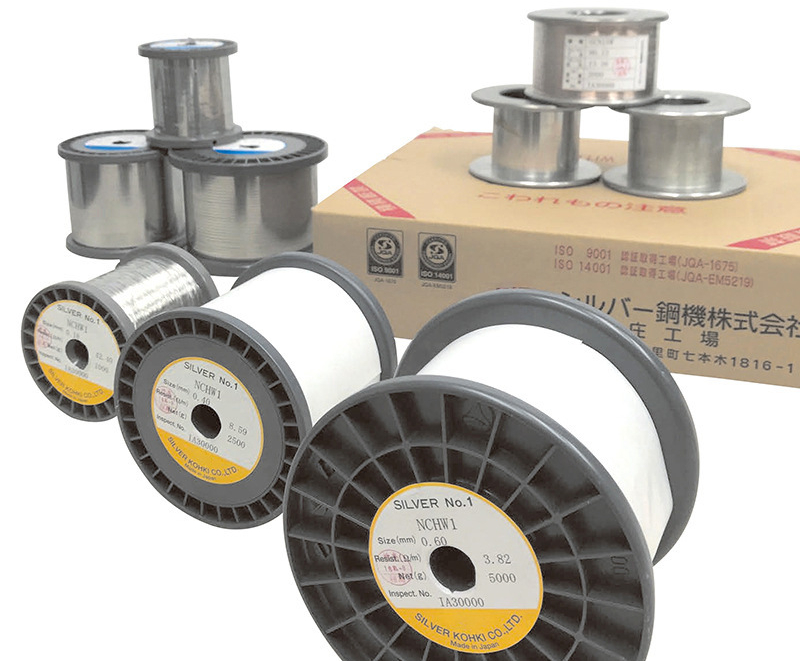
- 2023-01-11
About the resistance heating wire

Resistance heating wire concept
Resistance heating wire is a functional alloy material that converts electrical energy into heat energy. Its maximum working temperature can reach more than one thousand degrees Celsius, and it is used in metallurgy, construction, military industry, home appliances and other fields to manufacture various electric heating elements. At present, electric heating alloy material has become an important engineering alloy material and occupies an important position in the national economy.
Iron-chromium aluminum (Cr25AI15), nickel-chromium (Cr20Ni80) electric heating alloy its oxidation resistance is generally strong, but because the furnace contains a variety of gases, like air, carbon atmosphere, sulfur atmosphere, as well as hydrogen, nitrogen atmosphere, etc., these gases have a certain impact on the components in high-temperature use, although a variety of electric heating alloy in the factory before the antioxidant treatment, but in the transportation, winding, installation and other In order to prolong the service life, customers are required to carry out pre-oxidation treatment before use. The method is to heat the installed electric heating alloy components in dry air with electricity to 100-200 degrees below the maximum allowable temperature of the alloy, keep warm for 5-10 hours, and then cool slowly with the furnace.

The working principle of resistance heating wire
Resistance heating wire must have the right resistivity to achieve the purpose of energized heat. If the resistivity is too large or too small, you need a very short or very long, very thin or very thick resistance heating wire, so that the size of the power of the electric heater are manufacturing and use of the difficulties; melting point to be relatively high, can not heat up on the melting; at higher temperatures, chemical stability to be relatively high, can not be quickly oxidized and a very short life. Currently commonly used are: nickel-chromium wire, iron-chromium wire, pure nickel wire, Kang copper wire, Karma wire, copper-nickel wire, stainless steel, new Kang copper, manganese copper, Mennell, etc..
Some special electric heaters, such as electric blankets, require a large heat dissipation area, low unit power, if you use the usual nickel-chromium and iron-chromium-aluminum resistance heating wire, you need a cross-section of actively thin resistance heating wire, simply can not be made. So the electric blanket is made by using manganese copper wire, which has a much smaller resistivity than iron-chromium-aluminum, so that it has enough length.
At a certain voltage, as the temperature increases, the resistance of the resistance wire will increase and the power is somewhat reduced. When the heat generation and heat dissipation reach a balance, the temperature is fixed.
The power of the resistance heating wire, by the material, the thickness of the resistance wire, length to determine. If it is the same material, the longer and thinner the resistance heating wire, the greater the resistance value, the smaller the power. For example: 220V/5A resistance heating wire, the power is 1100 W. In the design of the product, it has been determined.
The working temperature of the resistance heating wire is also determined when the electric heating product is designed. For example, the electric blanket, designed to work at a temperature of only a few tens of degrees, according to the area of the electric blanket, heat dissipation to select the power of the electric wire. If the use of changing the conditions of use, such as electric blankets folded up and energized, electric blanket heat dissipation is not good, it is easy to cause a fire.

Resistance heating wire diameter & thickness
It is understood that: the diameter thickness of the resistance heating wire is a parameter related to the maximum use temperature, the larger the diameter, the easier it is to overcome the deformation problem at high temperatures and extend its own service life. Resistance heating wire operating below the maximum use temperature, should maintain the diameter of not less than 3mm, flat band thickness of not less than 2mm. resistance heating wire service life is also largely related to the diameter and thickness. Resistance heating wire used in high-temperature environment, the surface will form a protective oxide film, oxide film will exist for a period of time and then aging, the formation of the cycle of continuous generation and destruction of the process is also the process of continuous consumption of elements within the resistance heating wire, the diameter and thickness of the larger resistance heating wire element content is more, the service life is longer.

Resistance heating wire main applications
Because of the special features of resistance heating wire, in metallurgical machinery, medical, chemical, ceramics, electronics, electrical appliances, glass and other industrial heating equipment and civil heating apparatus fields, waited for a wide range of applications, has become an indispensable alloy material in the development of these fields.
In addition, the heating wire is generally used for closed space, because the heating wire a power heating when the surface of the heating wire is charged, heating tube can normally be used for any electric heating environment, air, liquid can be, because it is closely filled with magnesium oxide powder between the heating wire and electric heating tube shell, so the surface of the electric heating tube is not conductive.
The heating wire is very close to the electric heating tube, from the production process of the electric heating tube, we can see that the heating wire is the raw material of the electric heating tube, so the heating wire is lower than the cost of the electric heating tube.
From the above introduction we can see that the heating wire and electric heating tube which is good, there is no standard answer. Heating wire cost less but the safety is not as good as electric heaters, so customers should choose according to their actual requirements.









